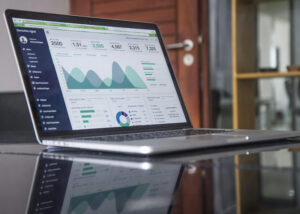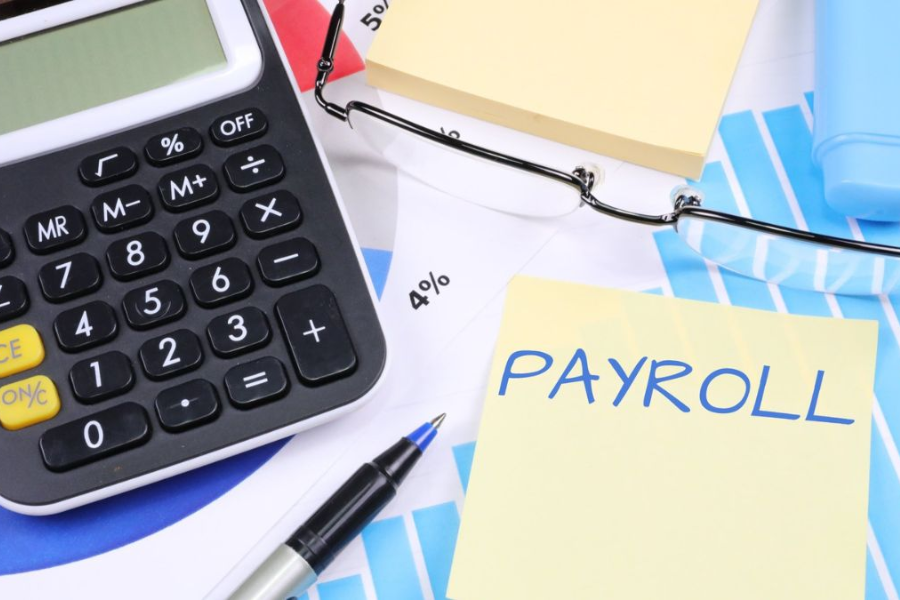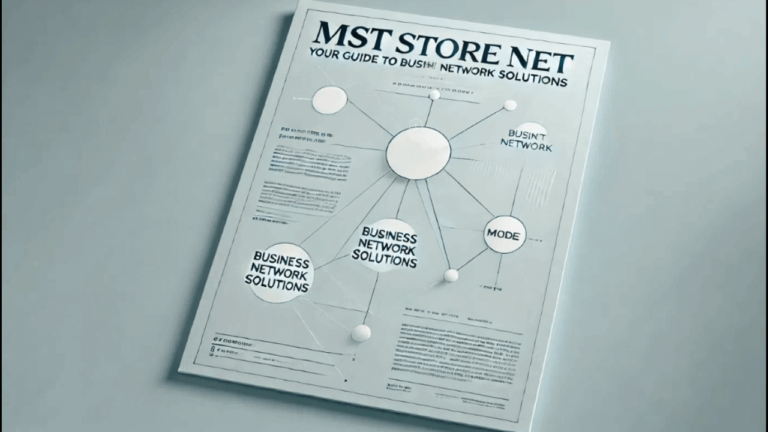In today’s fast-changing market, pricing can be unpredictable, making it essential for consumers to stay informed. One term that has been gaining attention is “price charalabush.” While it may sound unfamiliar, it refers to the way prices fluctuate due to various economic factors. Whether you’re shopping for groceries, electronics, or services, understanding price charalabush can help you make smarter purchasing decisions.
This guide will break down what price charalabush means, why it happens, and how both consumers and businesses can navigate these pricing changes.
What Is Price Charalabush?
At its core, price charalabush describes fluctuating prices in specific markets. These changes happen due to supply and demand, competition, seasonal trends, and broader economic shifts. Some businesses also use strategic pricing models that cause prices to vary based on factors like location, time, or even customer behavior.
For consumers, this can be confusing—why does the same product have different prices at different times or in different places? Understanding price charalabush can help shoppers avoid overpaying and find the best deals.
Factors Behind Price Charalabush
Several key factors influence price charalabush, and knowing them can help you predict when prices might rise or fall.
1. Supply and Demand
The basic rule of economics applies here: when demand for a product is high and supply is low, prices increase. When supply exceeds demand, prices drop. For example, limited-edition sneakers or concert tickets often experience price surges due to high demand.
2. Seasonal Changes
Many products follow seasonal price trends. Fresh produce, for instance, is cheaper during harvest seasons and more expensive in the off-season. Likewise, winter coats may be more affordable in summer, while air conditioners spike in price during heatwaves.
3. Market Competition
Competition among businesses plays a huge role in pricing. In highly competitive markets, companies may lower prices to attract customers. On the other hand, in industries dominated by a few big players (like airlines or cable providers), prices often remain high due to limited competition.
4. Economic Conditions
Factors like inflation, changes in consumer spending habits, and global economic shifts also impact price charalabush. During economic downturns, businesses may lower prices to encourage spending, while inflationary periods tend to drive prices higher.
How Consumers Can Make Smart Purchases
Understanding price charalabush isn’t just about knowing why prices change—it’s about using that knowledge to your advantage. Here are some tips to help you save money and make informed purchases.
1. Time Your Purchases
Knowing when prices tend to drop can lead to significant savings. For example:
- Buy holiday decorations after the holiday season when they go on clearance.
- Purchase electronics during major sales events like Black Friday.
- Shop for seasonal items (like winter coats) during the off-season.
2. Compare Prices Online
With online shopping tools, it’s easier than ever to compare prices across different retailers. Websites and apps like Google Shopping, Honey, or CamelCamelCamel (for Amazon price tracking) can show price trends and help you find the best deals.
3. Take Advantage of Discounts and Rewards
Many businesses offer loyalty programs, discount codes, and cashback rewards. Signing up for store memberships or using cashback apps can help offset price fluctuations.
How Businesses Adapt to Price Charalabush
Just as consumers need to navigate changing prices, businesses must strategically manage their pricing to stay competitive and profitable. Here are some common approaches:
1. Dynamic Pricing
Some companies use algorithms to adjust prices in real-time based on demand. Airlines, ride-sharing services, and hotel booking platforms often use this strategy, where prices rise during peak times and drop when demand is low.
2. Transparent Pricing Strategies
Businesses that are upfront about their pricing build trust with customers. Clearly explaining why prices change (such as seasonal sales or supply chain costs) can improve customer loyalty and reduce frustration.
3. Data-Driven Pricing Decisions
Smart businesses use data to understand purchasing trends and set optimal prices. Analyzing past sales, competitor pricing, and customer preferences allows them to adjust prices effectively while remaining competitive.
Conclusion
Price charalabush refers to the unpredictable nature of pricing in today’s economy. It is influenced by supply and demand, seasonal trends, competition, and broader economic conditions. Consumers who understand these factors can make better shopping decisions by timing their purchases, comparing prices, and leveraging discounts.
Meanwhile, businesses must balance profitability with customer satisfaction, using strategies like dynamic pricing, transparency, and data analysis to stay ahead.
Ultimately, navigating price charalabush requires awareness and adaptability. By staying informed, both shoppers and businesses can make smarter decisions in an ever-changing marketplace.
FAQs About Price Charalabush
1. What does “price charalabush” mean?
Price charalabush refers to fluctuating prices caused by various factors such as supply and demand, market competition, seasonality, and economic conditions. It can also describe pricing strategies where businesses adjust prices based on location, time, or customer behavior.
2. Why do prices change so often?
Prices change due to several factors, including shifts in consumer demand, supply chain disruptions, inflation, and competition among businesses. Seasonal trends and special sales events also contribute to price fluctuations.
3. How can I avoid overpaying due to price charalabush?
You can avoid overpaying by:
- Timing your purchases based on seasonal trends.
- Comparing prices across multiple retailers.
- Using price-tracking tools and apps.
- Taking advantage of discounts, sales, and loyalty programs.
4. How do businesses use price charalabush to their advantage?
Businesses use pricing strategies like dynamic pricing, competitive pricing, and discounts to maximize sales and profits. They also analyze market trends and consumer behavior to adjust prices accordingly.
5. Are price fluctuations legal?
Yes, price fluctuations are generally legal as long as they are not due to unfair practices like price gouging or collusion. Businesses have the right to adjust prices based on demand, supply, and other economic factors.
6. Why do some products have different prices in different locations?
Prices can vary based on regional demand, local competition, taxes, and transportation costs. Businesses may also use location-based pricing strategies to optimize profits.
7. How do online retailers adjust their prices?
Online retailers often use algorithms and real-time data to set prices based on demand, competitor pricing, and customer behavior. Prices can change multiple times a day depending on market conditions.
8. Can I predict when prices will drop?
While prices fluctuate, trends can help you predict when prices may drop. For example:
- Electronics tend to be cheapest during major sales events.
- Seasonal clothing is discounted at the end of each season.
- Travel costs fluctuate based on demand, with mid-week bookings often being cheaper.
9. What is dynamic pricing, and how does it relate to price charalabush?
Dynamic pricing is a strategy where businesses adjust prices in real time based on demand and market conditions. This is commonly seen in airline tickets, hotel bookings, and ride-sharing services. It’s a major factor in price charalabush.
10. How can I take advantage of price fluctuations as a consumer?
To make the most of price changes, you can:
- Set price alerts on shopping platforms.
- Shop during off-peak seasons.
- Use cashback and discount programs.
- Negotiate prices when possible, especially on big-ticket items.



















